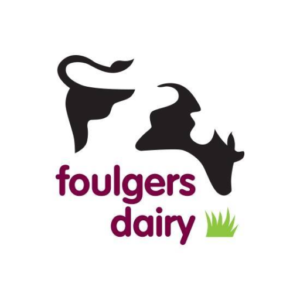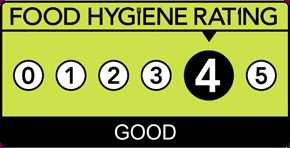The Differences Between Milk Types and Homogenisation
Raw Milk
Before pasteurisation all milk was raw milk. Historically, although there are well documented health benefits associated with drinking raw milk, there were also health risks with drinking raw milk. These were particularly tuberculosis, brucellocis, and bad bacteria such as Salmonella, E. coli and Campylobacter. When pasteurisation was introduced, it sterilised the milk of these harmful elements. It is for this reason the Food Standards Agency Health Warning “This milk has not been heat treated and may therefore contain organisms harmful to health” must be put on the bottle.
Pasteurisation
This process heats the milk to very high temperatures so killing the ‘good’ bacteria in the milk and many of its nutritional constituents as well as the ‘bad’ bacteria that it is intended to remove. Pasteurising milk destroys the beneficial bacteria acidophilus, the Vitamins C, B12 and B6 and the digestive enzyme required to break down the protein in the milk.
Homogenisation
This is the physical smashing of the milk fat particles into smaller fat particles, so that the fat particles do not rise to the top, but remain in even suspension throughout the milk. This ensures the colour is consistent (there is no cream at the top of the container, or cream line). However, there are health concerns that the body cannot deal with these very fine fat particles that can pass straight into the bloodstream causing health problems.

